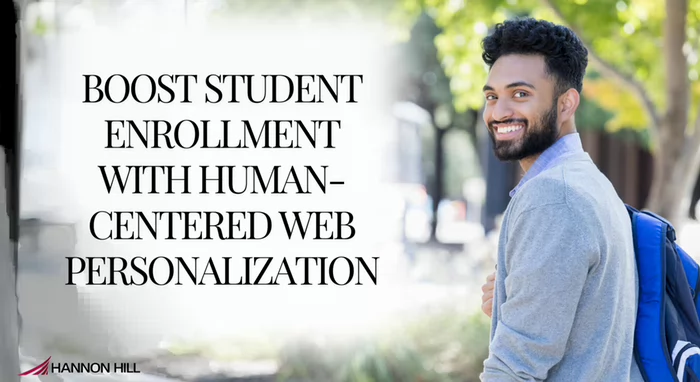
In a recent webinar hosted in collaboration with NewCity, we shared insights on enhancing enrollment strategies by integrating human-centered design and web personalization.
This session is part of Hannon Hill's 2024 webinar series. It focused on the critical role of understanding user experiences and personalizing web content to improve student engagement and retention.
David Poteet, CEO at NewCity, brought his extensive experience in user experience (UX) and content strategy to the discussion.
Robynne Lofton, Director of Enrollment Strategy at NewCity, shared her experience, providing a practical perspective on the challenges faced by higher education institutions.
Graham Lewis, Senior Sales Engineer at Hannon Hill, showcased the benefits of website personalization and explained how tools like Clive can enhance user engagement.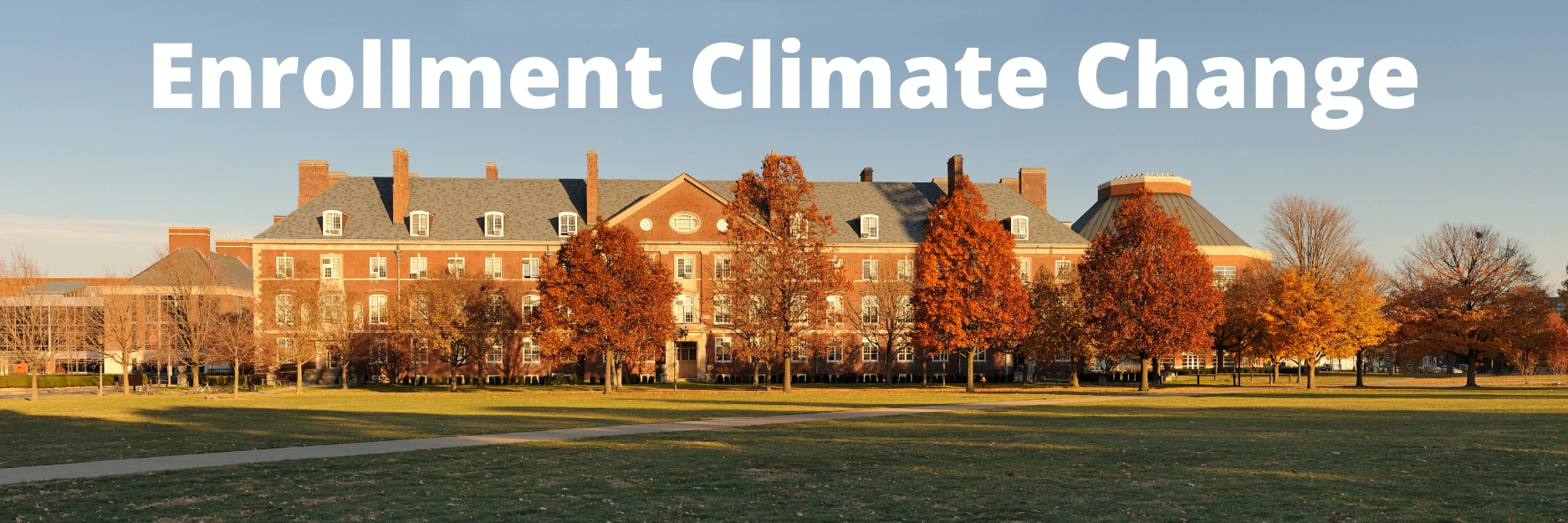
Demographic shifts, political changes, and increasing skepticism about the value of higher education have significantly impacted college and university enrollment strategies.
The traditional enrollment cycle is under pressure, and institutions need to adapt to these changes by revisiting and rethinking their assumptions about student interactions and enrollment processes.
Lofton highlighted the importance of acknowledging these challenges and the need for innovative solutions.
She pointed out that regionally demographic shifts impact enrollment, and shifting political tides, especially with upcoming presidential elections, create an uncertain environment.
Additionally, the persistent questioning of the value of higher education requires institutions to more convincingly demonstrate their relevance and effectiveness.
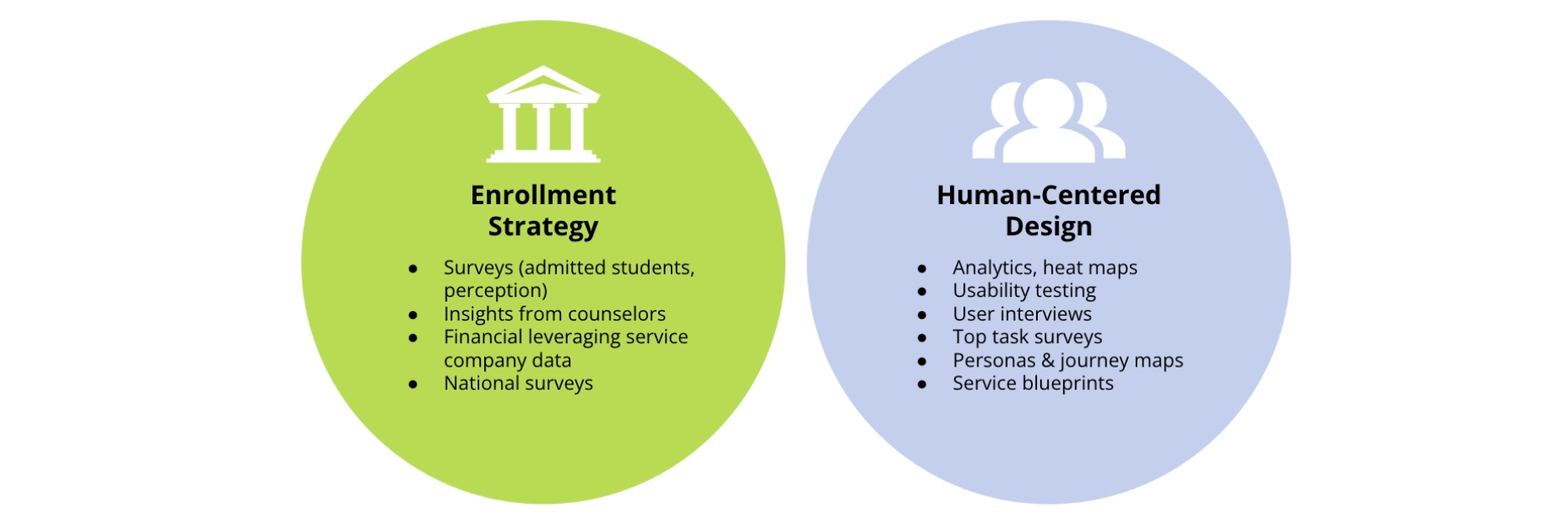
A key takeaway from the webinar was the importance of qualitative research and direct engagement with students and parents.
By employing tools like personas and journey maps, institutions can identify gaps and opportunities in the enrollment process.
For instance, research with Cornell's pre-college program revealed that students and parents highly value faculty-led courses. This influences how Cornell positioned the program's content.
Lofton shared an example from Cornell's pre-college program.
Initially, the assumption was that academically strong students would be primarily interested in traditional undergraduate offerings.
However, qualitative interviews revealed that students and their parents were deeply interested in the faculty.
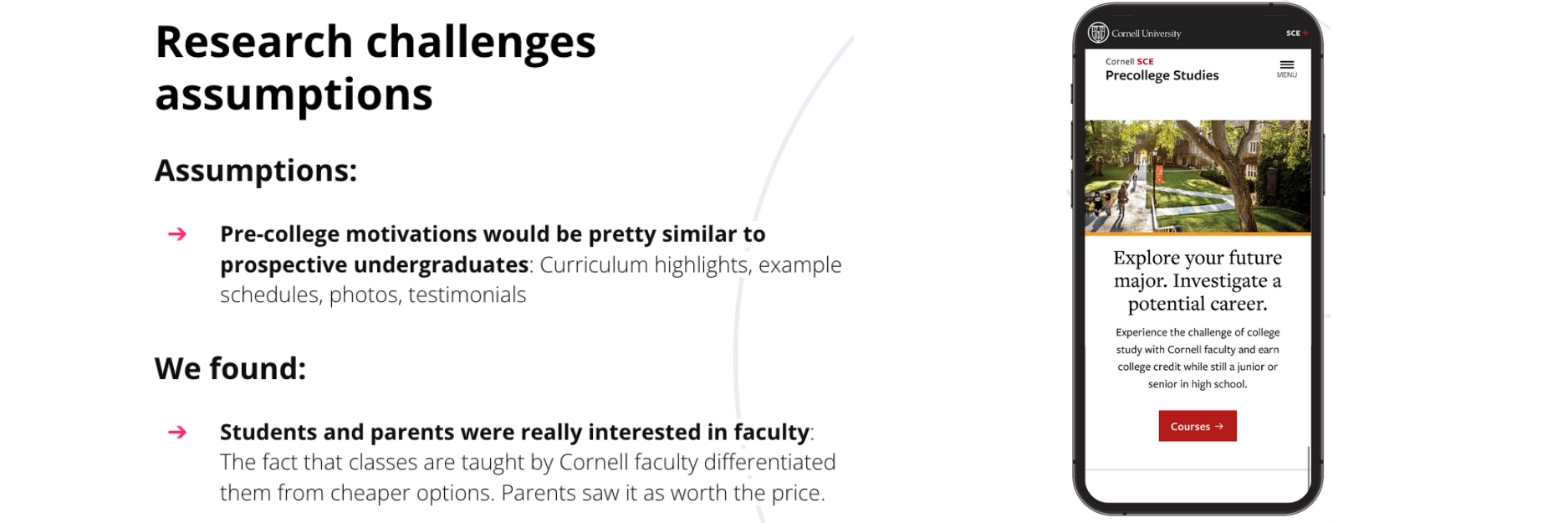
This insight led to a strategic shift, positioning faculty more prominently in marketing materials and emphasizing that courses were 100% faculty-led, differentiating Cornell's program from cheaper alternatives.
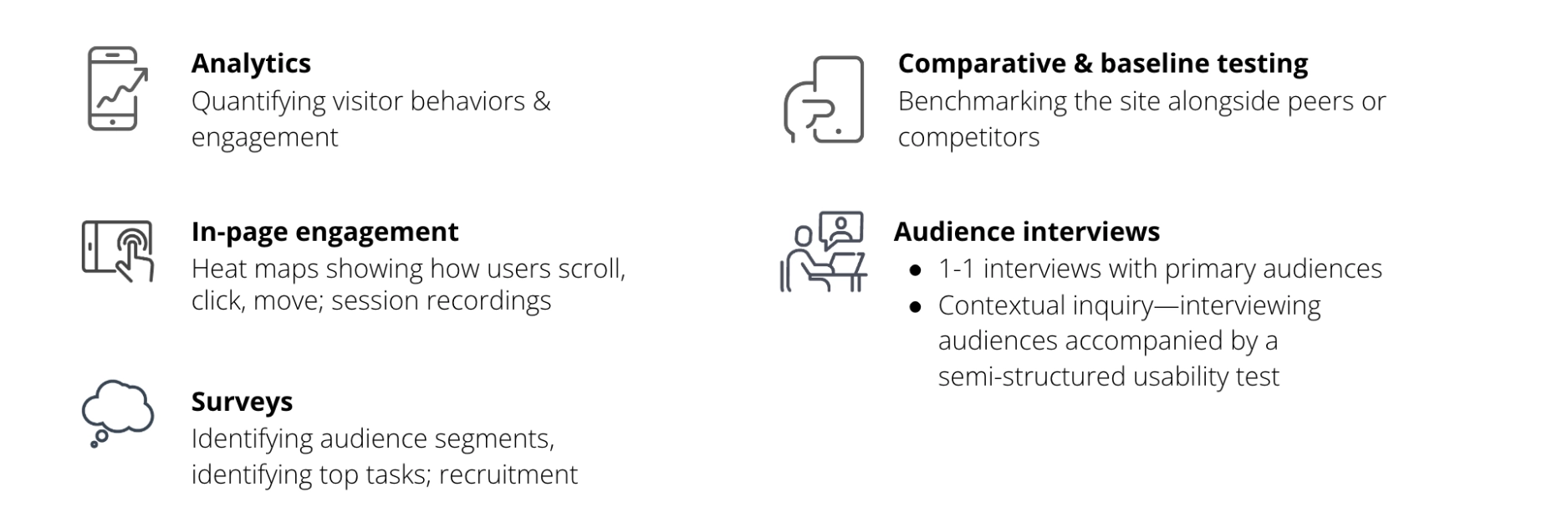
Poteet highlighted the importance of using analytics, surveys, and interviews to collect comprehensive customer data.
He underscored that surveys offer valuable insights, but pairing them with observational research is essential to truly understand users' behavior.
Poteet explained that relying solely on self-reported survey data can be misleading, as people often report what they think they do rather than their actual behavior.
Observational research, such as usability tests and one-on-one interviews, provides deeper insights into the user experience.
Dovetail, a tool mentioned during the webinar, allows coding interviews and analyzing transcripts to identify trends and patterns, making the research process more efficient and effective.

UIE Research reports that “95% of personas are made up.”
Creating effective personas is crucial for understanding the diverse needs of users.
Unlike marketing personas, user personas are derived from contextual research and reflect specific goals and motivations.
The webinar showcased examples of personas, such as highly involved parents, prospective students, and their journeys.
These insights help create journey maps and service blueprints that align institutional processes with user needs, as demonstrated by the practical applications at Oklahoma State University.
Poteet emphasized that personas should be distinct from market segments or user roles.
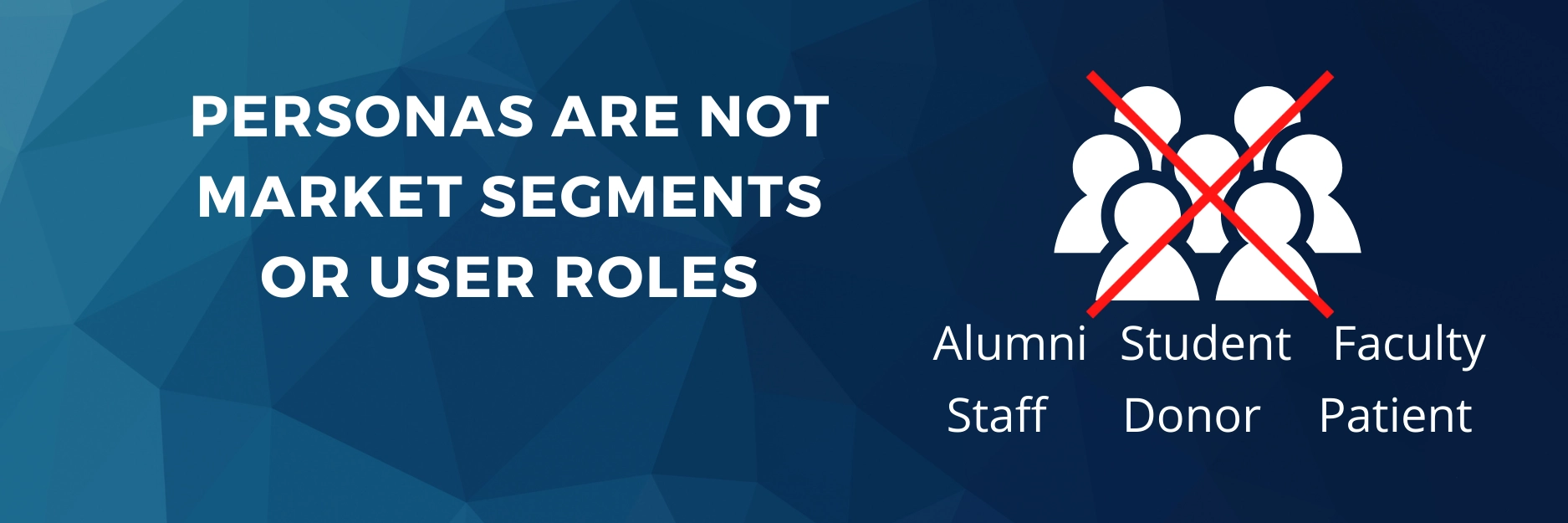
Effective personas are based on detailed research and represent specific characters with distinct goals and motivations.
Journey maps then take these personas through the various stages of their interaction with the institution, from initial consideration to enrollment and beyond.

This process helps institutions identify gaps and opportunities, ensuring that every touchpoint aligns with user needs.
Lewis discussed two main types of web personalization:
Implicit personalization uses data gathered from user actions, such as browsing behavior and search history, to adapt content automatically.
Explicit personalization relies on information users provide directly, typically through forms.
Both strategies significantly enhance the user experience and engagement by delivering relevant content based on individual needs.
Lewis provided examples of how implicit and explicit personalization works on websites.
For implicit personalization, a university website might suggest content based on a site visitor's search history or landing pages visited.
If prospective students frequently search for scholarship information, the website dynamically displays relevant financial aid content.
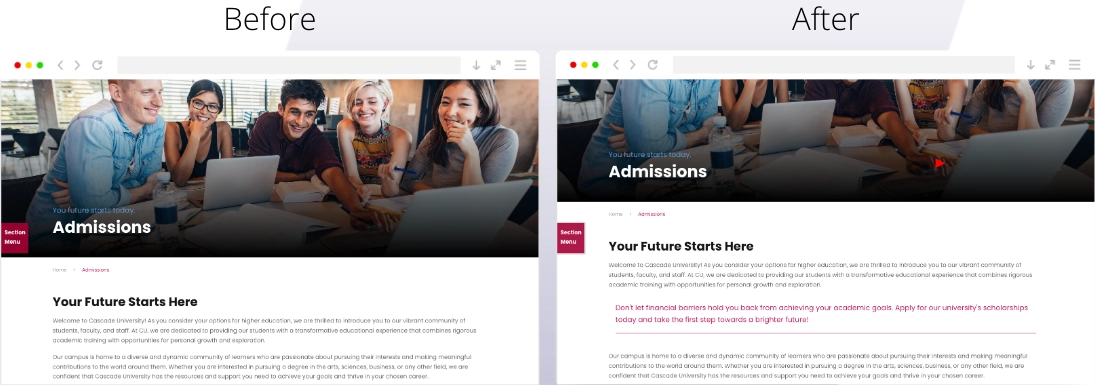
Explicit personalization, on the other hand, involves tailoring content based on user-provided information.
If students fill out a form indicating their interest in engineering programs, the website can highlight engineering-related content on subsequent visits.
Additional Resources About Web Personalization
Clive, a web personalization tool by Hannon Hill, was highlighted as a powerful solution for tailoring web content.
Clive segments users based on various criteria, including geographical location and previous interactions, and personalized content to meet their needs.
For example, a prospective student interested in scholarships might see personalized messages about financial aid options.
This level of personalization ensures that website visitors receive pertinent information, improving their overall experience and increasing conversion rates.
Lewis explained how Clive can be integrated into any content management systems to enhance web personalization.
Clive uses implicit and explicit data to segment users and deliver personalized content.
If visitors arrive on the website from an admissions email, Clive can automatically assign them to a specific segment and tailor the content accordingly.

This approach ensures that each visitor's experience is relevant and engaging, ultimately supporting recruitment and retention efforts.
The webinar underscored the importance of integrating human-centered design and UX research in developing effective enrollment strategies.
By leveraging tools like Clive, higher education institutions can create personalized web experiences that resonate with prospective students and their families.
Poteet, Lofton, and Lewis highlighted the crucial role of understanding customer journeys and implementing web personalization in modern enrollment strategies.
Institutions that invest in these areas will be better equipped to navigate the challenges of today's higher education landscape, ensuring that their web presence is both engaging and effective.
By adopting these practices, institutions can confidently navigate the complex landscape of higher education and ensure that their web presence is tailored to meet the needs of diverse audiences.
To learn more about how Clive can help you tailor your content, request a discovery call by filling out the form below.
Last Updated: Jun 6, 2024 11:00 AM